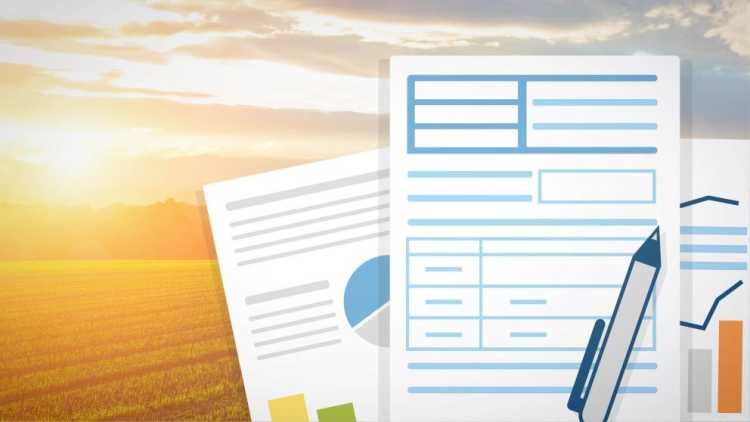Demystify the tax implications of retirement

Embarking on the new horizons of retirement can be an exciting prospect – but dealing with the tax implications is no simple task for farm business owners to take on.
All three traditional tax structures for farm businesses — sole proprietorship, partnership and corporation — present different implications for income tax, as well as social subsidies and programs like Old Age Security and the Guaranteed Income Supplement, says MNP agricultural services business advisor Kimberly Shipley.
“Your tax structure needs to be the result of your planning, not the driver of it.”
With a proprietorship or partnership, income is claimed personally as earned, making it potentially more difficult to manage fluctuations within the subsidy limits compared to a corporate structure, Shipley says. But with a corporate structure, personal income is based on what you withdraw from the company. She cautions that when using a farming corporation, limit the non-farming assets retained by the corporation.
“Failing to do so can result in the corporation no longer being a qualified farm corporation, which puts at risk the ability to access the $1 million capital gains tax-free exemption on qualifying farm property, or the tax-deferred intergenerational rollover,” she says.
Getting started
The first step farmers contemplating retirement should take is deciding on the annual after-tax income they need to support the lifestyle they want to maintain.
“Will you live in the same home? Drive the same truck? Do you plan to travel?” Shipley asks.
Working with professional advisors can assist in comparing the desired after-tax retirement income to the income and cash flow your farm can generate.
“This will help you determine if your timeline is realistic and rule out certain transition strategies that simply will not provide the income required for retirement,” Shipley says.
Individual answers
Retirement tax issues are complex with no single right answer.
“There are serious tax and legal issues to consider in any family farm transition, so it’s important to speak with professionals about the pros and cons of various possible transition strategies,” Shipley says.
She explains that some tax planning strategies require two or more years to put in place, and starting early provides the best chance of a smooth transition while paying the least amount of tax.
One of the key decisions to make is ensuring your tax structure aligns with your overall family and business goals.
“Your tax structure needs to be the result of your planning, not the driver of it,” Shipley says. “You can have the most ideal structure from a tax perspective, but if it doesn’t fit with the current needs and future goals of the family, it won’t be the best one.”
From an AgriSuccess article by Richard Kamchen.

Future farm ownership could be made easier by knowing the books well while keeping a sharp focus on leveraging your everyday purchases and expenses creatively.
